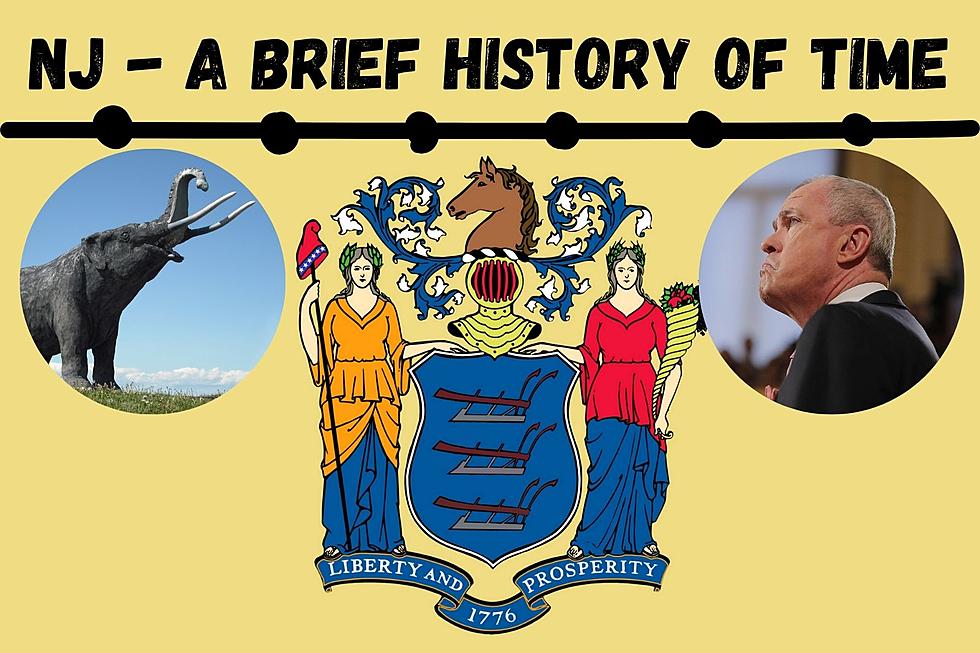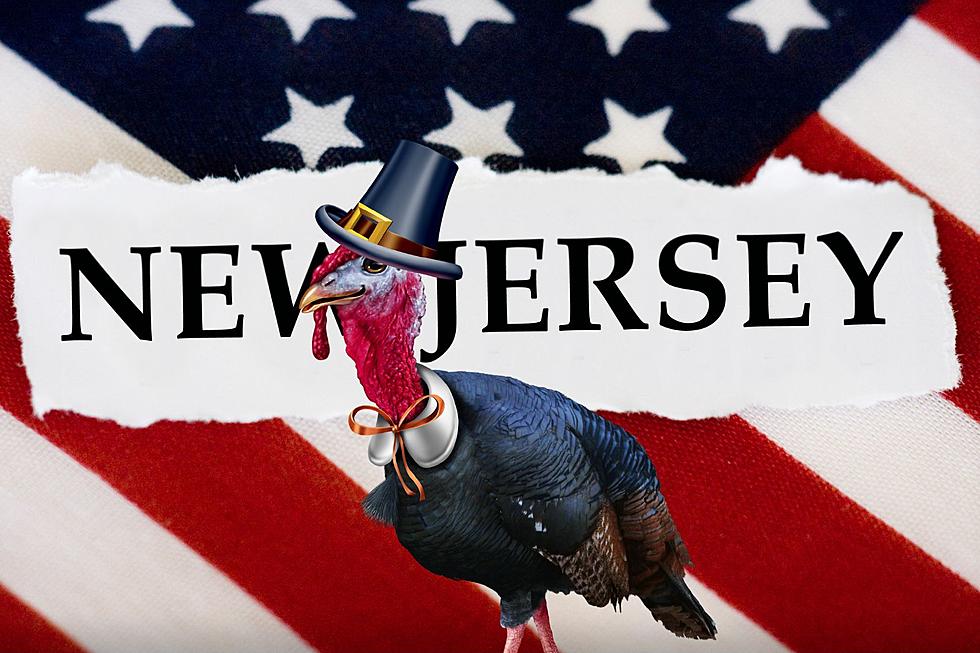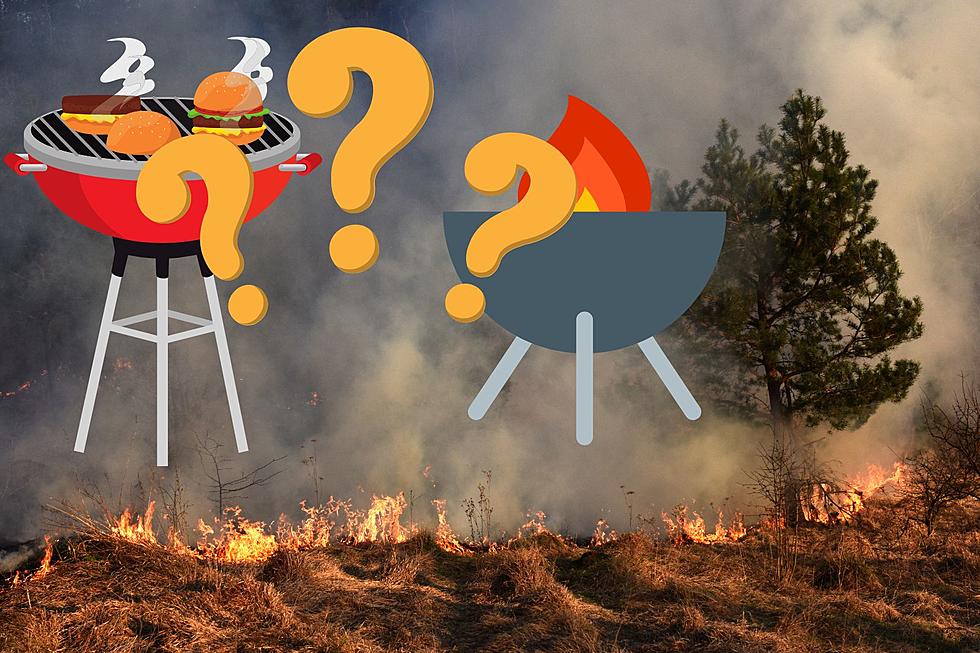
Mastodons to Murphy: A brief history of time, in New Jersey
❔ What dinosaurs roamed New Jersey?
❔ How did New Jersey get its name?
❔ How much do you know about the history of the Great Garden State?
👀 Keep reading to learn more about New Jersey's rich history.
New Jersey has a rich and diverse history.
Once the roaming and hunting grounds of prehistoric dinosaurs, humans have lived on the land we now call New Jersey for tens of thousands of years.
Here is a brief history of time for the land we know as the great Garden State.
Prehistoric playground
The land we call New Jersey was once home to many species of dinosaurs and other prehistoric creatures.
Most famous is the Hadrosaurus, which roamed our state about 80 million years ago in the late Cretaceous Period.
A fully formed and fossilized skeleton was discovered in Haddonfield in 1858, thus the name Hadrosaurus.
About 11,000 years ago, near the end of the Wisconsin Ice Age, herds of Mastodons roamed New Jersey feasting on the twigs, cones and branches of the Spruce forests that covered much of the state.
More than 40 Mastodon fossil sites have been identified all across New Jersey.
First people of the Garden State
More than 10,000 years ago, the first people to live in what is now New Jersey were the Delaware Indians.
They took advantage of all the natural resources this land had to offer. They hunted for game in the lush forests as well as fished in streams, rivers and the ocean.
As many as 20,000 members of the Delaware Indian Tribe were living on these lands when the first Europeans arrived.
That’s why they call it that!
The first European to explore New Jersey was Giovanni de Verrazzano around 1524. (He now has a bridge named after him.)
The first permanent trading colony was established in 1660. Called Bergen, it sprang up where Hoboken and Jersey City now stand.
New Jersey owes much of its diversity to British proprietors Sir George Carteret and Lord John Berkley who sold land at low prices and allowed both political and religious freedom.
Berkley was the former governor of the Isle of Jersey in the English Channel. Hence, he named this new territory NEW Jersey.
Google Maps/Townsquare Media illustration
Both men have communities named after them: Carteret Borough in Middlesex County and Berkley Township in Ocean County.
We’ve always liked our independence
In 1776, with anti-British sentiment among colonists in New Jersey running high, New Jersey declared its independence.
A pivotal state in the Revolutionary War, New Jersey lay right in the middle of the 13 colonies. A hundred battles were fought in New Jersey, far more than in any other colony.
Perhaps most important was the Battle of Trenton, which many believe was the turning point of the war.
Gen. George Washington crossed the Delaware and routed the British troops in Trenton. Quickly moving into Princeton, Washington won two critical battles in a matter of hours.
British troops fled to New York after losing two key battles in less than a day.
Thus, began Washington’s ultimate march to victory.
New Jersey states its intentions
New Jersey was the third state to ratify the new U.S. Constitution in 1787. We were the first to officially sign the Bill of Rights.
Trenton was named the state capitol in 1790.
William Livingston became our first governor.
Boom Times
As our new nation was born, New Jersey thrived. Europeans came to our state by the thousands to work in one of the many factories that sprung up in the early 1800s.
Camden, Elizabeth, Jersey City, Newark and Passaic became major manufacturing centers.
Paterson was known for producing fine textiles.
Iron and steel were milled in Trenton.
To transport goods around the new nation, canal and railroads were built. Exporting was also big business given New Jersey’s coastal location.
New Jersey also had the perfect complement to the industrial empire being built. The rich farmlands of South Jersey produced the food needed for a population of about 500,000.
Time to choose sides
As slavery threatened to tear our nation apart, New Jersey was very much a divided state.
There were some who believed it was in New Jersey’s best interest to side with the South because Southern states were an important export market for our goods.
Poster credit: digitalcollections.nyhistory.org
Ultimately, New Jersey fought for the Union, providing over 25,000 soldiers in 31 regiments. New Jersey soldiers were present for nearly every major battle on the Eastern Front.
Back to business
With the Civil War ended, New Jersey resumed a blistering pace of building new factories as the Industrial Revolution got underway.
More immigrants, many from Ireland and Germany, flooded into the state to work.
By 1910, half of New Jersey’s population had been born, or had parents that had been born, outside of the United States.
We were smart, as well as industrious
New Jersey had many great inventors who were not just creating new things, they were improving the way things were made.
Thomas Edison was the most famous. From his Edison laboratory, the light bulb was born. His advances in motion picture technology also helped make Fort Lee the motion picture capital of the world in the 1900s.
Look how we have grown – and shrunk
New Jersey continued to grow as the new century began. In just three decades, New Jersey’s population more than doubled.
Manufacturing was now a $4 billion industry.
At the same time, there was less garden in the Garden State.
Farmland was being sold off and the remaining farms were shrinking. Whole areas of the state were being cleared for housing to accommodate the soaring population.
Falling hard
When the Great Depression hit in 1929, New Jersey was hit hard.
Many of New Jersey’s industrial leaders were wiped out in the historic stock market crash, and lost the capital they needed to operate their factories.
Unemployment was on a massive scale in New Jersey.
Wartime Rebound
As war broke out in 1939, New Jersey was poised for a strong economic recovery.
When the United States entered World War II in 1941, electronics and chemical industries thrived in the war effort.
With many men off to fight, women went to work in factories and other industries.
Unfortunately, environmental controls were often lax, and the thriving chemical industry in New Jersey led to a record number of toxic Superfund Sites.
The U.S. Environmental Protection Agency lists 115 active Superfund sites in New Jersey, more than any other state in the nation.
Many can be traced back to New Jersey’s burgeoning chemical industry in the 1940s.
Abandoning the big cities
After the war ended, and men returned home to New Jersey, there was a great desire to spread out and relax.
The mid-1900s saw large numbers of families abandoning crowded cities for a more enriching life in the suburbs.
By the 1970s, small tract housing developments were providing an economical life away from the cities.
Large highways, like the New Jersey Turnpike and Garden State Parkway, made travel to and from the cities and suburbs easier and further promoted moves into suburbia.
This migration to more rural areas was also the genesis of the question, “What exit,” when asking someone from New Jersey where they lived.
Modern Day
New Jersey remains one of the most diverse states in the Nation.
While agriculture and farming are still vital to the New Jersey economy, financial services, high-tech, healthcare, STEM and tourism are the main industries.
Manufacturing is also still important to New Jersey’s overall economy and has been making a rebound in recent years.
A corridor state, New Jersey oversees the transportation of goods through its borders destined for all around the world.
The Port of New York and New Jersey is one of the main entry and exit points for imports and exports on the East Coast.
The biggest burden on state residents is layers of government bureaucracy and taxes. New Jersey is the most heavily taxed state in the nation, and efforts to reform the tax structure and ease the burden on both residents and business have (to date) failed.
However, New Jersey also continues to flourish with a high quality of life, excellent schools and healthcare and many options for recreation.
The Jersey Shore welcomes nearly 50 million visitors annually. State Parks, forests, nature preserves and hiking trails dot the state. Both big cities and small towns offer excellent food and entertainment from concerts to Broadway-quality shows.
A recent Monmouth University Poll showed nearly three-fourths of all New Jersey residents say their own quality life was “excellent” or “good.”
Despite the many challenges of living in New Jersey, we truly remain the “Great Garden State.”
Most affordable places to live in New Jersey
Eric Scott is the senior political director and anchor for New Jersey 101.5. You can reach him at eric.scott@townsquaremedia.com
Click here to contact an editor about feedback or a correction for this story.
Weird things NJ taxes - and some they don't
More From New Jersey 101.5 FM









